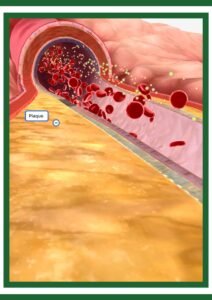STRUCTURE OF PROTEINS
Proteins, as mentioned earlier, are heteropolymers containing strings of amino acids. Structure of molecules means different things in different contexts. In inorganic chemistry, the structure invariably refers to the molecular formulae (e.g., NaCl, MgCl2, etc.).
Organic chemists always write a two dimensional view of the molecules while representing the structure of the molecules (e.g., benzene, naphthalene, etc.). Physicists conjure up the three dimensional views of molecular structures while biologists describe the protein structure at four levels. The sequence of amino acids i.e., the positional information in a protein – which is the first amino acid, which is second, and so on – is called the primary structure of a protein.
A protein is imagined as a line, the left end represented by the first amino acid and the right end represented by the last amino acid. The first amino acid is also called as N-terminal amino acid. The last amino acid is called the Cterminal amino acid.
A protein thread does not exist throughout as an extended rigid rod. The thread is folded in the form of a helix (similar to a revolving staircase). Of course, only some portions of the protein thread are arranged in the form of a helix. In proteins, only right handed helices are observed.
Other regions of the protein thread are folded into other forms in what is called the secondary structure. In addition, the long protein chain is also folded upon itself like a hollow woolen ball, giving rise to the tertiary structure.
This gives us a 3-dimensional view of a protein. Tertiary structure is absolutely necessary for the many biological activities of proteins. Some proteins are an assembly of more than one polypeptide or subunits.
The manner in which these individual folded polypeptides or subunits are arranged with respect to each other (e.g. linear string of spheres, spheres arranged one upon each other in the form of a cube or plate etc.) is the architecture of a protein otherwise called the quaternary structure of a protein. Adult human haemoglobin consists of 4 subunits. Two of these are identical to each other. Hence, two subunits of a type and two subunits of b type together constitute the human haemoglobin (Hb).

